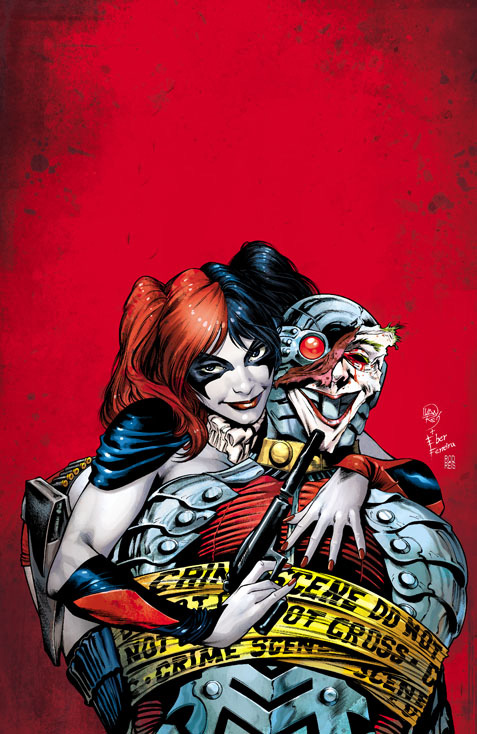Vancouver’s self-guided walking tours
By Caroline Ho, Arts Editor
Now that the weather is consistently pleasant, it’s the perfect time to head outside and appreciate some free public art.
The city of Vancouver’s website offers three self-guided public art walking tours: one along the Burrard Corridor, one along Waterfront, and one around Yaletown and False Creek, each with a downloadable PDF brochure. I led myself on the third one on a very grey Thursday, which turned out to be excellent weather for the tour—not rainy, but not hot enough to make walking around for an hour or two unbearable.
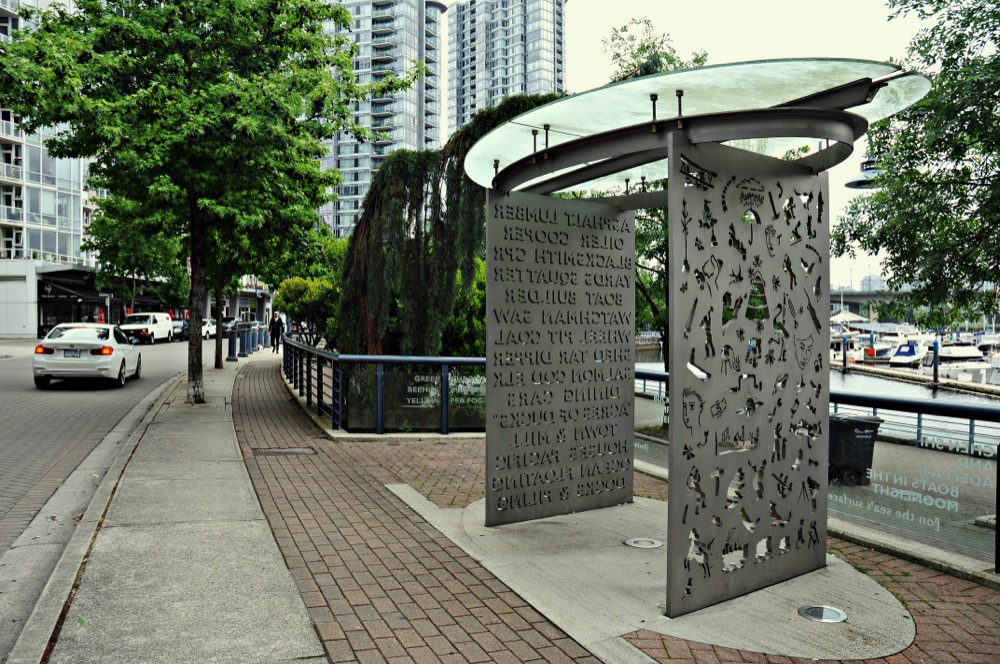
The Yaletown – False Creek tour features 14 works of art, starting about a minute’s walk away from the Yaletown-Roundhouse Canada Line station, looping around David Lam Park and the South False Creek Seawall, and circling back near the starting point. Even for someone as directionally-challenged as me, it wasn’t too hard to follow the map and find the art. The whole circuit took me about an hour and a half, although you can easily stroll through it much quicker or slower if desired. The brochure also includes a few other optional sites and exhibits, though a visitor is free to see or skip any of the stops.
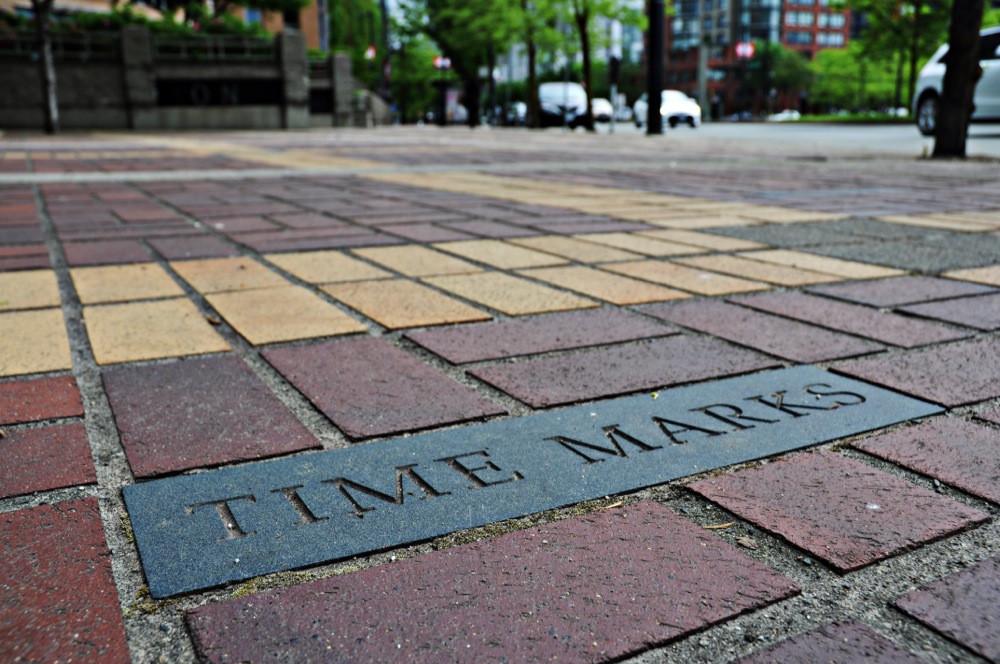
First up is “Footnotes” by Gwen Boyle, which is made up of words and larger blocks of text inlaid with the tiles on the sidewalk of Pacific Boulevard. All the words and poems relate to the history of False Creek, and some of the tiles are deeply evocative, such as “ANCIENT PATHWAYS” or “TIDES WEPT,” while others like “WHOA!!!” are more abstract.
The second stop is Alan Storey’s “Password,” consisting of spinning blocks of letters along Pacific Boulevard. It’s fascinating enough to walk past the piece and catch glimpses of words being spelled out as the blocks turn, but if you stop to take a good look you may find yourself staring at the work for a long while, trying to make out all the possible combinations of letters.
The circuit then turns to David Lam Park and along the Seawall. “Red Horizontal” by Gisele Amantea at first looks like just a strip of red colour along the wall, but up close it’s a series of red-tinted photographs showing the insides of local houses and apartments. It feels almost as though it should be intrusive to look into people’s homes, but instead it’s surprisingly inviting and intimate, giving the viewer a welcoming glimpse into local life.
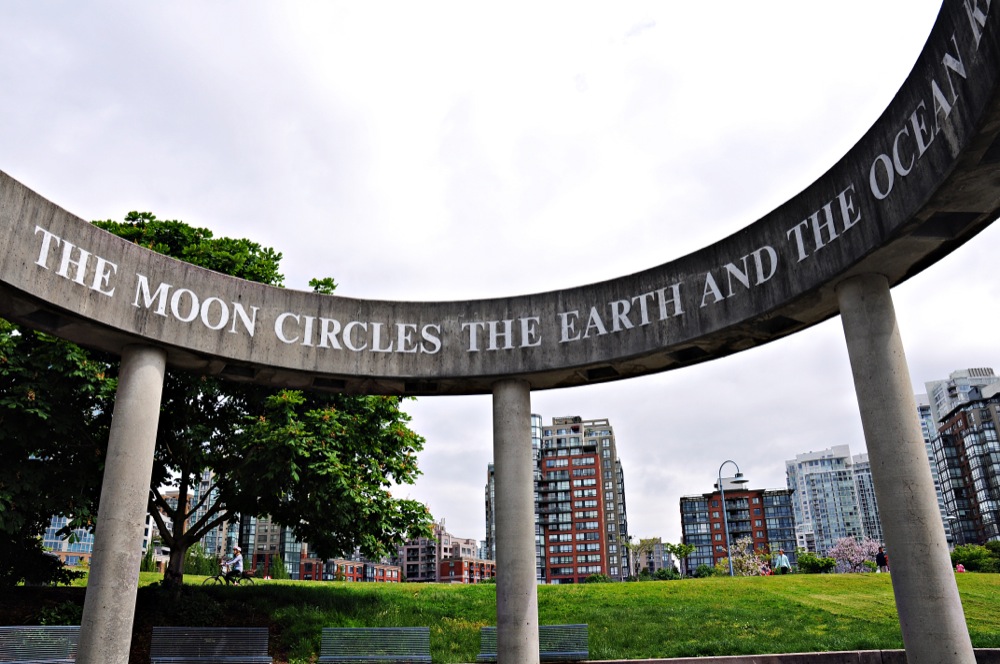
My favourite piece of the self-guided tour is probably Don Vaughan’s “Marking High Tide and Waiting for Low Tide,” a concrete installation of pillars connected at the top by a stone ring, containing an evocative inscription about the tides. The installation has a very stately and almost ritualistic feel, challenging the viewer to acknowledge the ancient majesty of the tides and geological change.
Unfortunately, I couldn’t find one of the works, Henry Tsang’s “Welcome to the Land of Light,” but it was easy to pick up the trail with the next stop: “Street Light,” which featured six tall bronze beams topped with panels displaying historic events in the city. The artwork is also accompanied by written descriptions of the city’s events and history. Viewed on a sunny day, the perforated panels display their images as shadows on the sidewalk; on a cloudier day, you can still appreciate the images if you stand back a few meters and look up.
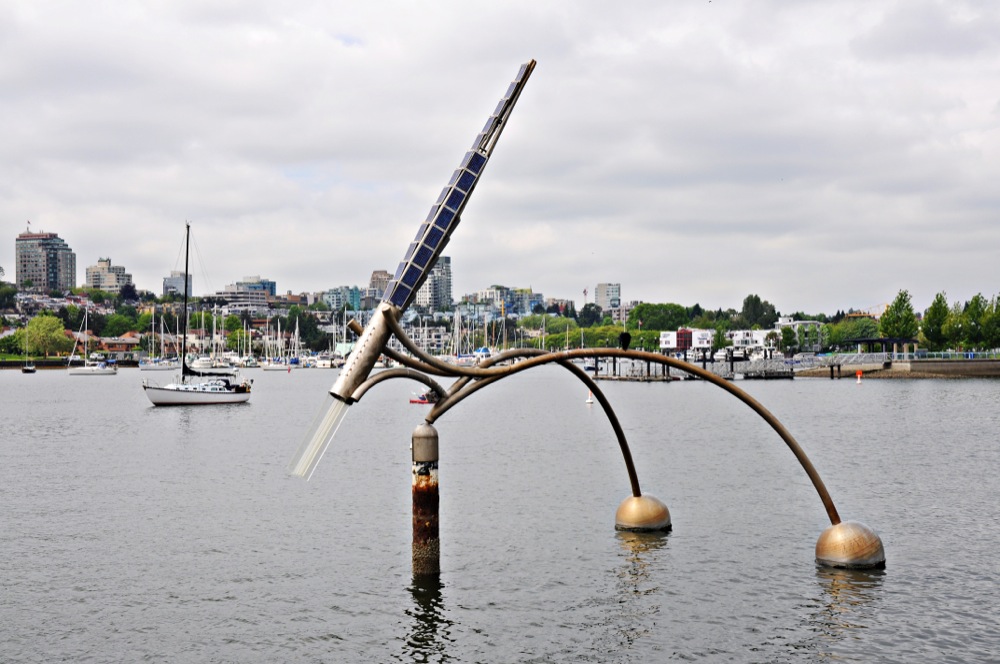
Just west of Cambie Bridge is “Time Top,” a quirky stone sculpture resembling a retro space ship. In front of the piece are a few little comic panels etched on the rocks along the Seawall, giving the sculpture a wonderfully whimsical character.
“Coopers Mews,” by Alan Storey and located at Coopers Mews and Marinaside Crescent, even encourages the viewer to interact with the artwork. The piece is made up of several barrels along a metal rail suspended above your head, with a boardwalk underneath the rails. If you step on some of the boardwalk planks the barrels make noise (although it took me a while to figure out exactly where to step to produce the sound).
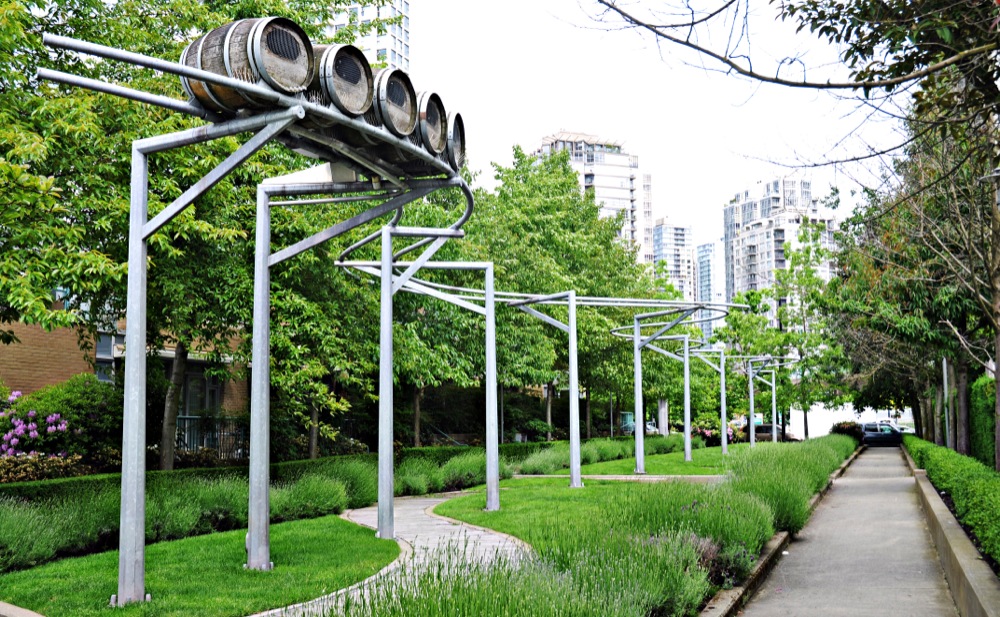
Al Williams’ “Untitled” is a black granite fountain with a thought-provoking geometric structure. To me, the spiral shape of the fountain appears as a flower, though I can easily see how it might also be interpreted as a wheel or the blades of a fan. The piece invites you to ponder its multiple meanings, especially since the gentle sounds of running water offer a degree of seclusion from the bustle of the city.
Along with these pieces, plenty of other works of public art can be found on the the Yaletown – False Creek tour, on the other two tours, and throughout the rest of Metro Vancouver. Some of this art is in the form of standalone sculptures or installations, while other works are woven into the city’s roadways and architecture.
Once you start to look for it, Metro Vancouver is full of art and ornamentation that enriches our local culture and history. You can check out the self-guided tours yourself, and learn about other works of public art, at vancouver.ca/publicart.


